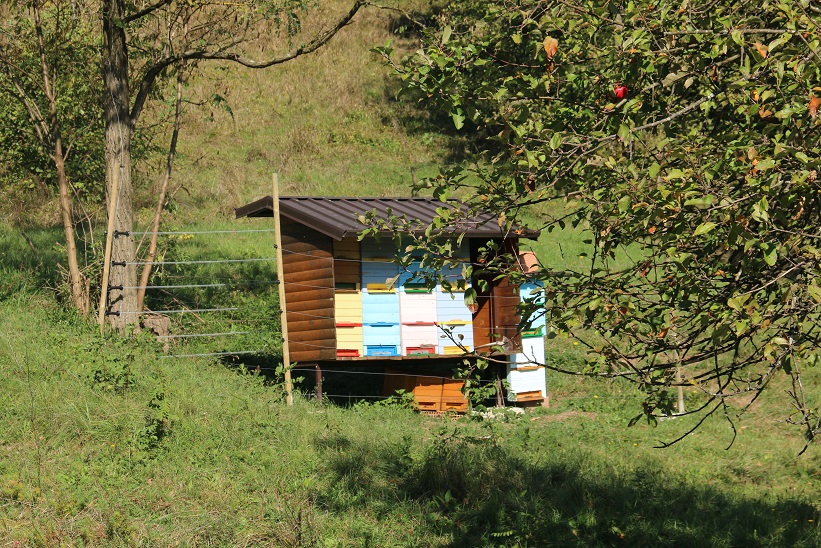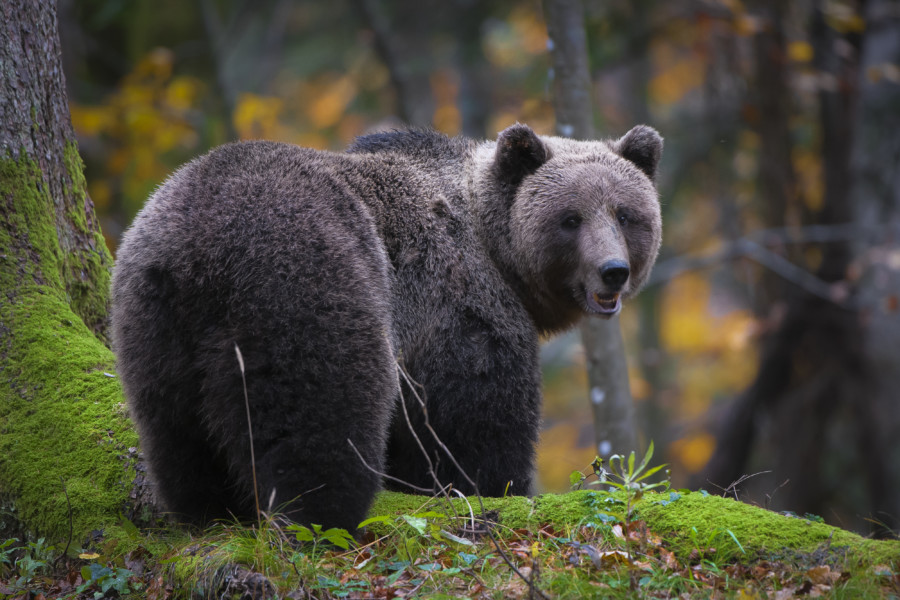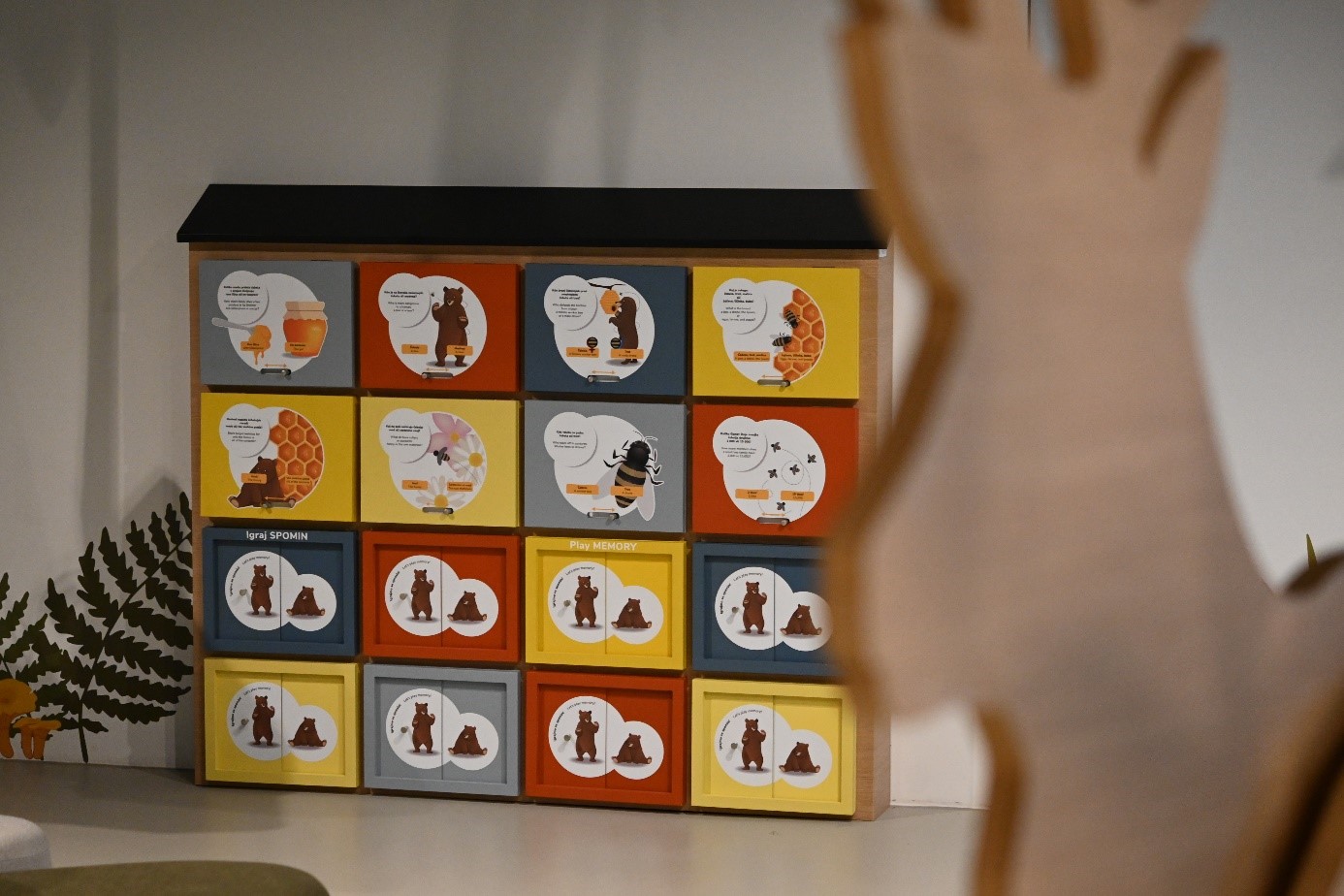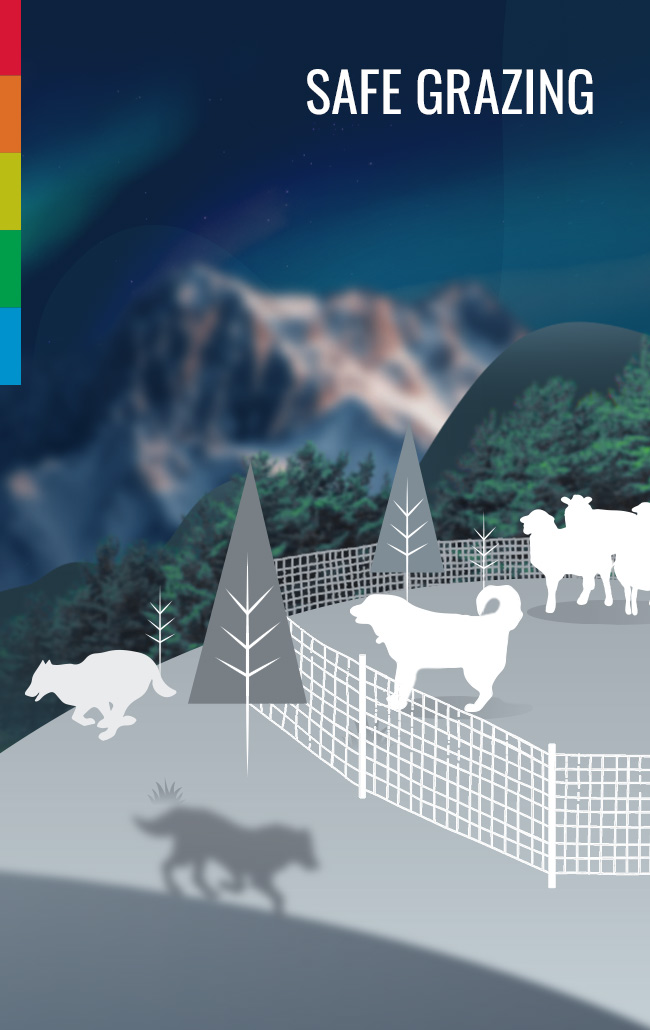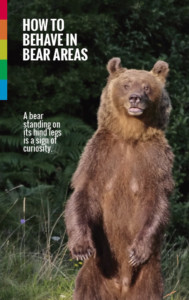Slovenia is considered as a country with efficient conservation and management system of its brown bear population. Beside being in favourable conservation status, Slovenian conflict prevention measures appear to be very efficient, too. Also removal from the population is thoroughly planned and based on scientific and expert knowledge. Despite that researchers and managers agree on the necessity of bear removal from the population, Slovenia faced a ban on removal of 175 brown bears this year.
Our research showed that bear abundance in Slovenia was 750–975 individuals in 2018, which means that bear population in Slovenia increased for more than 60% in the last 10 years. Local densities can reach up to 40 individuals per 100 km2, amounting to one of the highest densities of bears in the world.
In Slovenia and other parts of central Europe, urban, rural, agricultural and forest landscapes form a mosaic of tightly interacting patches; forested areas are too small for large carnivores to live far away or undetected by people. In such fragmented landscapes, increase in bear abundance is not limited by food availability, but by human tolerance – people need to coexist with bears in the same space.
For ensuring successful coexistence between human and bear, Slovenia is implementing several measures, and bear removal is only one of them. The most important measures are those that prevent bear access to anthropogenic food. We have numerous cases of best practice examples for protecting sheep herds with livestock guarding dogs and electric fences.
The purpose of planned bear removal in Slovenia in 2019 is to stop the further increase in bear abundance. If the increase continues, the possibility of human-bear conflicts will increase considerably, which would lead to strong opposition by people that coexist with bear in their local environment. Consequently, this represents a serious threat to a long-term bear conservation in Slovenia.






